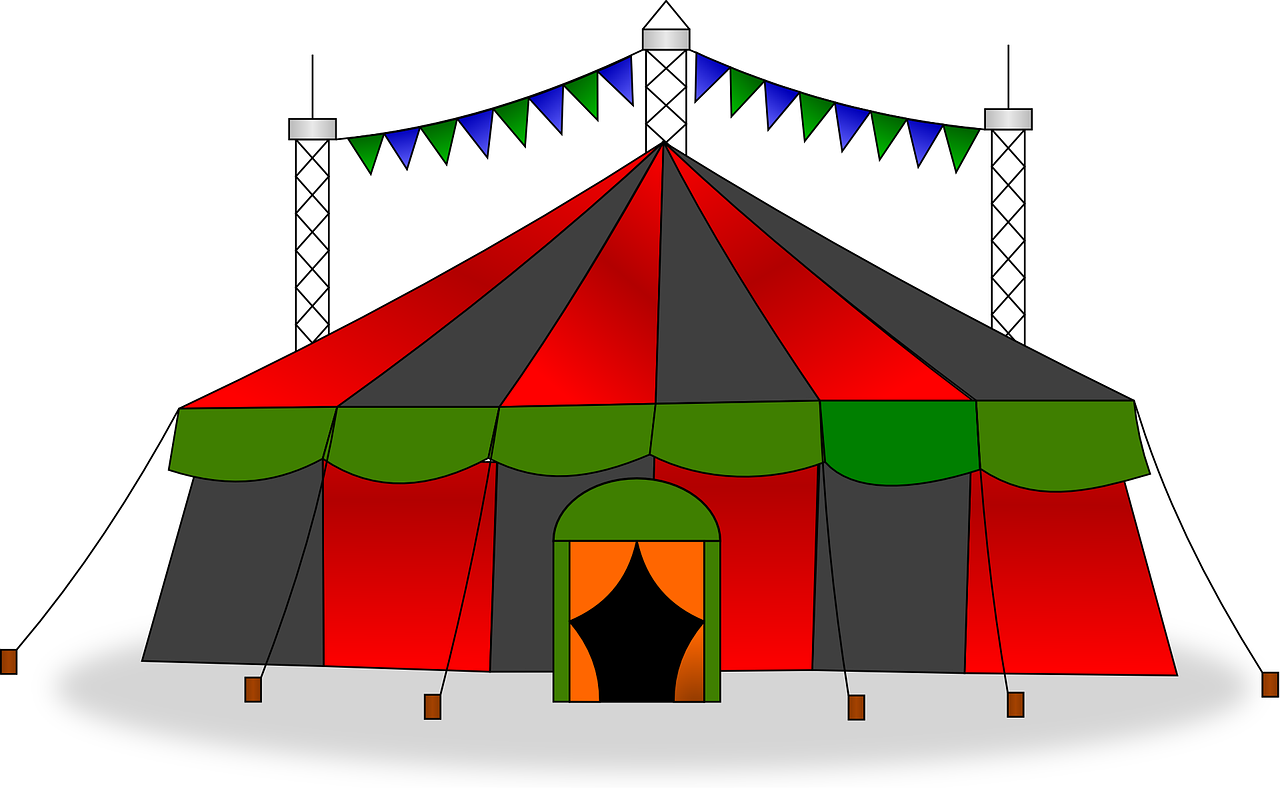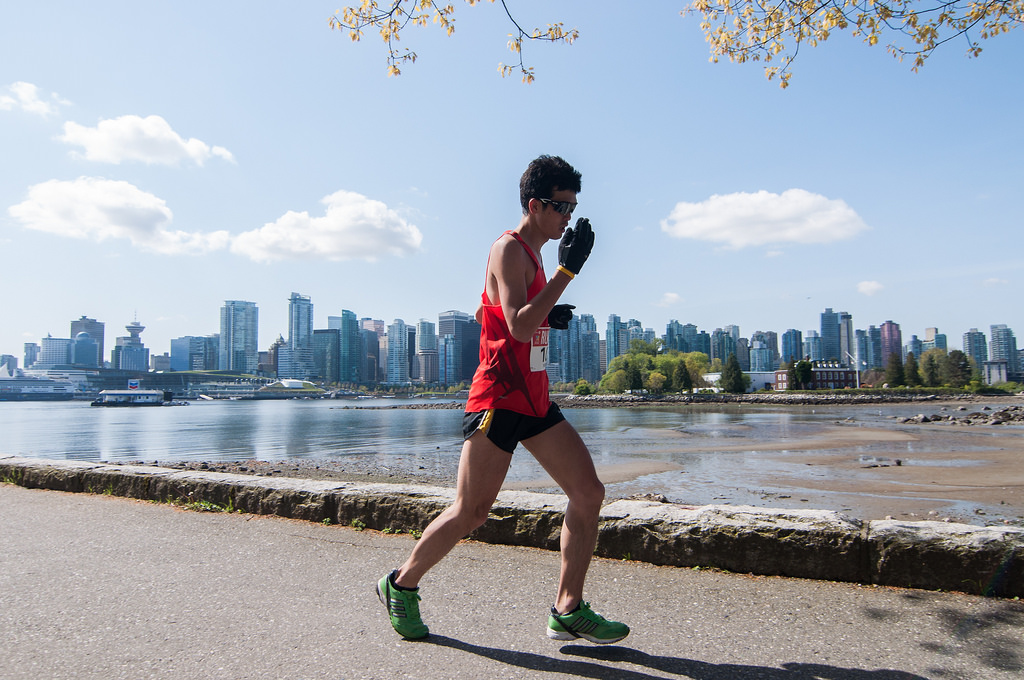Ever heard of Muscle Activation Techniques (M.A.T.)? Or have you been curious about it, but was unsure what it was or how it worked? Read on as I interview one of our very own Le Physique trainers and M.A.T. Specialist, Gillian, about her expertise on this topic!
Did you know? Gillian is one of only three M.A.T. Certified Specialists in Vancouver!
1. What is Muscle Activation Techniques (M.A.T.)?
“Throughout our life, we go through the health continuum where we create chronic use or have an acute injury, or develop positions and postures that can create instability within the body. M.A.T. is a technique to assess the mobility and restrictions within the body.”
2. How does M.A.T. work?
“We look at the body to see if there is any discrepancy around a joint or a series of joints where there is restriction of movement. We then test the muscles or muscle divisions to see if they are strong.
If they test weak, through manual palpation of the muscle or light isometrics, we attempt to jump-start the muscle. If we look at the joints – and think of the joints as being the ‘pull’ in the circus tent and the lines holding up the pole as muscles – if a muscle isn’t working well, the other lines have to take up the slack. As a result, those lines are under more tension and torque.

Near the end of the session, once we jump-start the muscle and get it reacting, we may give the individual a simple task, such as walking, before re-assessing the individual to see if the muscle is functioning. After the session, communication between the M.A.T. specialist and client is ongoing to see how long the treatment is lasting, and if there is an immediate need for another session.”
3. Why is M.A.T. relevant in the health field?
“M.A.T. works well with other modalities to maintain or improve individuals’ health. For example, stretching is great to release tension, and M.A.T. addresses the reason why there is tension. Refer to the circus pull example I gave above! It also helps bridge the gap when the client goes into functional training so that the muscle is capable of working adhesively with other muscles doing the motion.”
4. When should I get M.A.T. done?
“M.A.T. is a good non-invasive treatment when individuals find they have difficulty of movement or altered motion and compensatory movements following an injury, trauma, stress, or in preparation for an upcoming physical activity or sport. For example, some clients come in when they are preparing for a marathon or triathlon to make sure their muscles are working in peak form.”

5. Where can I get M.A.T. done and how long is a session?
“You can have it done here at Le Physique five days a week, Monday through Friday! The first session is usually about an hour and fifteen minutes as we take a thorough look at your symptoms and to fully assess your range of motion throughout your body. Other sessions last about an hour.”
6. How many sessions does it usually take before I can see results?
“With the first session, clients see immediate results in range of motion and contractile force of the muscle. How many treatments depends on the individual as well. It depends how actively they participate in their recovery. Obviously, if a person returns to doing the same things, i.e. repetitive motion, poor posture, etc., it will take longer. If they do the isometric homework and other exercises recommended by the M.A.T. specialist, their recovery is much faster.”
Have any other questions or concerns for Gillian about M.A.T.? Leave us a comment below!

May Guan – Client Care Manager/Cardio Trainer
May developed her passion for fitness from participating in multiple sports at a young age – eventually finding her love for both playing and coaching volleyball. She is also an avid hiker and distance runner, and is always in search of a new challenge. May believes in fostering a fun, inclusive, and supportive environment where people can achieve their health-related goals.







